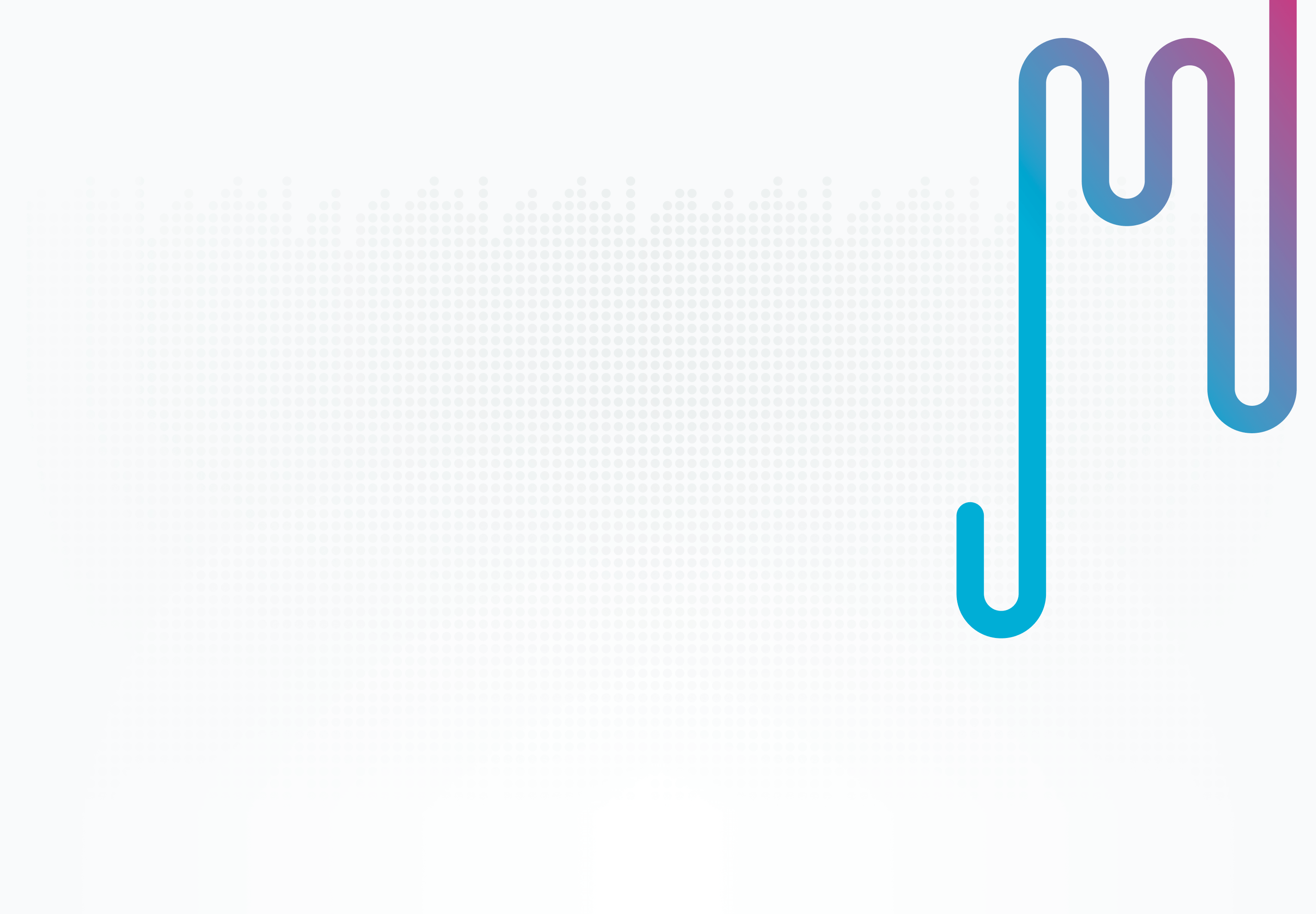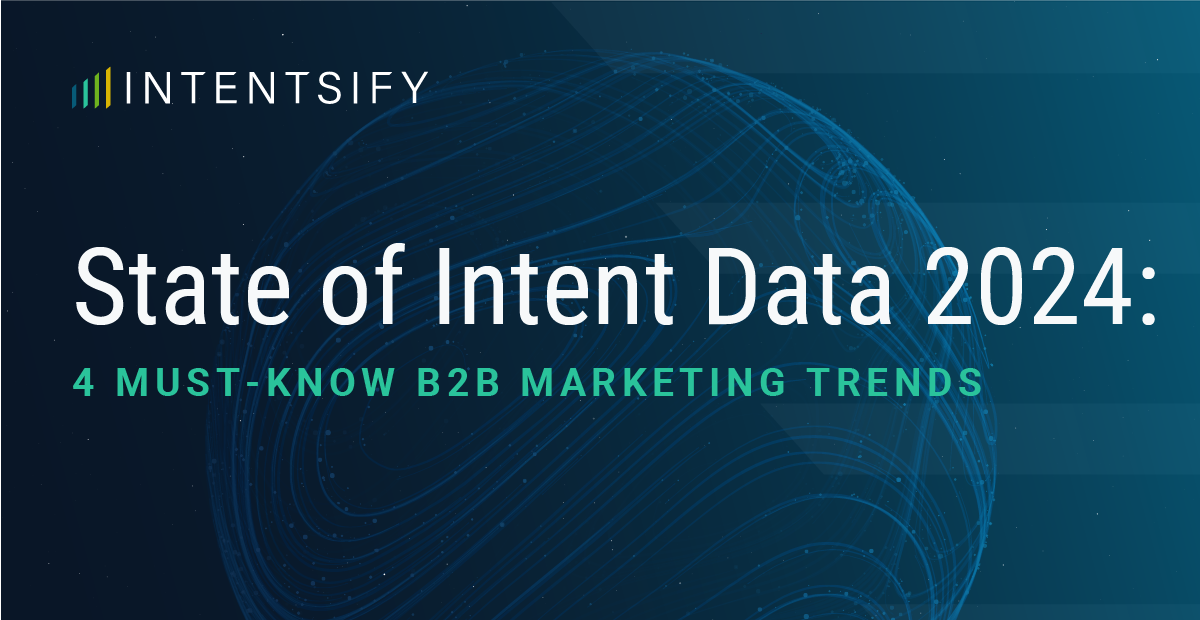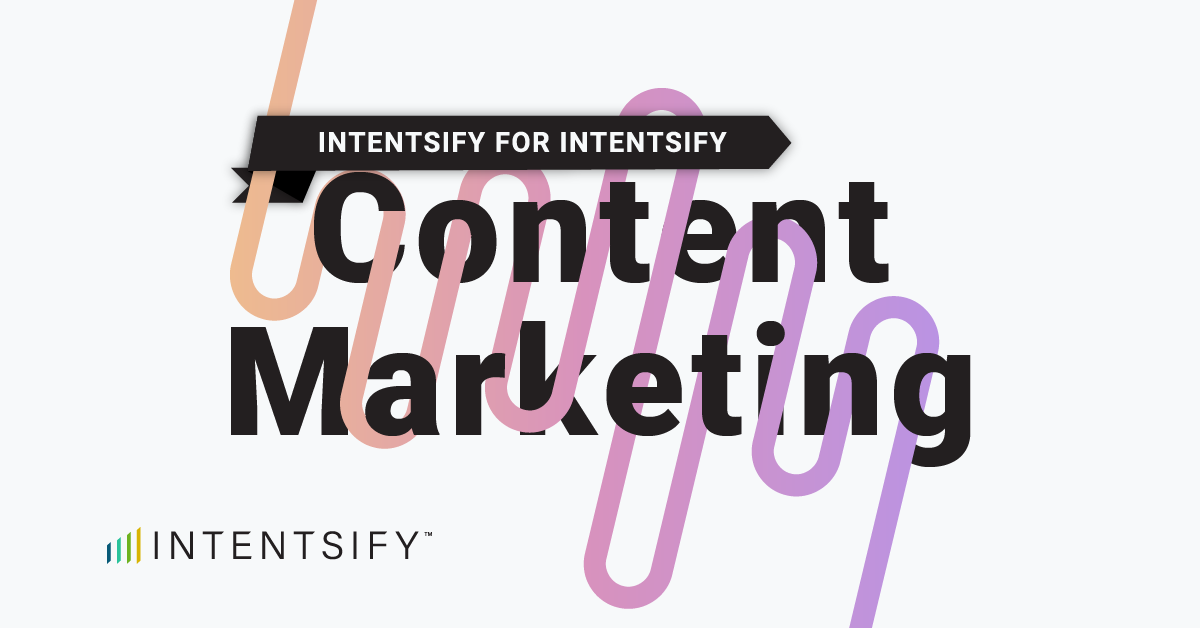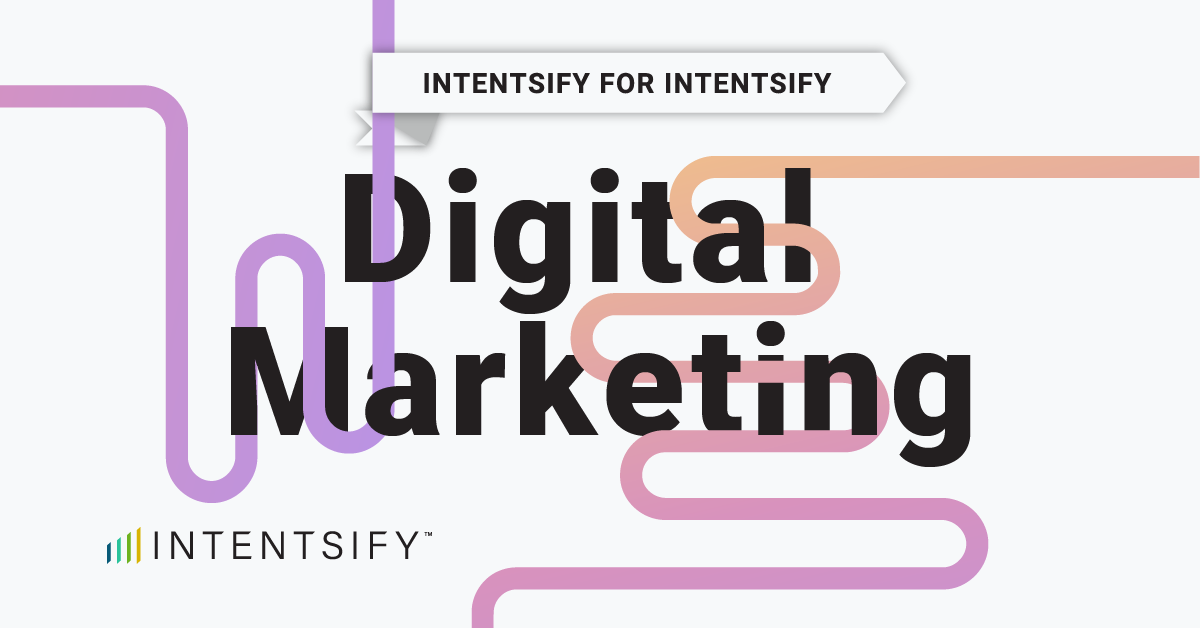It’s much easier to save a customer while they’re still there than it is to convince them to come back after they’ve already left. This is exactly why churn prevention, which involves proactively identifying and addressing the main reasons your customers are dissatisfied, is so important.
Traditionally, most B2B organizations have relied on internal signals like support tickets or customer feedback to predict churn, but these indicators often surface too late: by the time you notice them, the customer is already halfway out the door.
Buying group intent data allows you to identify signs of customer churn more quickly, so you can act.
What is Buying Group Intent?
Buying group intent is often used to identify potential new sales opportunities. By tracking the research behaviors of specific personas within your target accounts, it can give you a detailed insight into which topics they’re exploring related to your solution.
This data is collected from a variety of sources, including content consumption, search behavior across select categories, engagement with competitors, and tool comparisons.
Understanding what your target accounts are researching gives you deeper insight into their needs by showing you what they care about, and helps you understand when they might be interested in your product. This means you can tailor your messaging appropriately, and choose the best channels depending on their research stage.
However, what many organizations miss is that it can also be an extremely powerful tool for customer churn prevention.
How to Use Buying Group Intent for Churn Prevention
Unfortunately, customers rarely announce that they’re thinking about leaving your organization, or that they’re quietly researching alternatives. Often, they leave without giving you the opportunity to do anything about it. That’s where buying group intent data makes a difference.
Many organizations are still failing to utilize buying group intent data to its full potential. According to the State of Intent Data 2024, a report published by Intentsify and Ascend2, 67% of respondents are using intent data for digital advertising and only 32% for customer churn prevention. This gives organizations using intent data for churn prevention a chance to get ahead.
By tracking the online research behavior of key personas within customer accounts who are part of the decision-making process, buying group intent data shows early indicators of customer churn before traditional metrics. This means you can act sooner, before the customer disengages.
Early Warning Signs of Potential Customer Churn
One of the most effective ways to use buying group intent data is to look out for early signals of potential customer churn. Potential examples of this include:
- Increased engagement with competitor topics, such as “[your competitor] pricing” or “alternatives to [your product].”
- Spikes in comparison content searches, such as “Top 5 [products]” or “[your product] vs. [competitor product].”
- A new persona showing high intent. This may imply that a new decision-maker has joined the team, or that your customer is reevaluating your product internally.
Recognizing these signs early means your team can proactively step in and address concerns before the customer decides to move on.
Actionable Steps for Churn Prevention
Your teams should treat intent spikes like a support ticket that needs to be dealt with quickly. Here are some actionable steps you can take for early churn prevention:
1. Set Up Alerts
Use tools like Intentsify to create alerts for competitor research, alternative solution searches, or spikes in comparison content.
Make sure your alerts are routed to the appropriate account owners or success teams, so they can jump in and take action as soon as possible.
2. Respond with Relevant, Value-Driven Outreach
For best results, you should align your outreach to the specific topics the customer is researching.
For example, if a customer is exploring alternatives for sales forecasting, reach out and send them a tailored walkthrough or resource that highlights how your platform solves that challenge more effectively than competitors.
3. Loop in Key Internal Teams
Churn prevention should be a team effort. Here are some examples of how you can include different teams across your organization to help reduce customer churn:
- Customer success teams can re-engage at-risk accounts before they disengage completely.
- Sales teams can quickly act on renewal risks and prepare for competitive objections.
- Marketing teams can create and deliver content focused on the specific pain points or topics driving churn intent.
- Product teams can effectively monitor which competitor features are generating interest and use that insight to inform roadmap or customer conversations.
Looping in the right teams as needed will ensure you provide the best possible support and increase your chances of success.
The Benefits of Detecting At-Risk Accounts in Real Time for B2B Businesses
Successful churn prevention is all about searching out at-risk customers early, so you can address their dissatisfaction before it spirals.
When you know what your customers are researching, who’s involved in the decision, and where their attention is shifting, you can intervene quickly and appropriately.
Specialized tools like Intentsify help B2B organizations detect at-risk accounts, tailor their outreach efforts based on actual customer behavior, and bring the right teams into the conversation at the right moment.
Learn more about how your B2B revenue teams can use buying group intent to prioritize accounts, generate leads, identify cross-selling opportunities, and prevent customer churn by downloading Intentsify’s eBook, Decoding Demand: Why B2B Revenue Teams Need Buying Group Intent.






